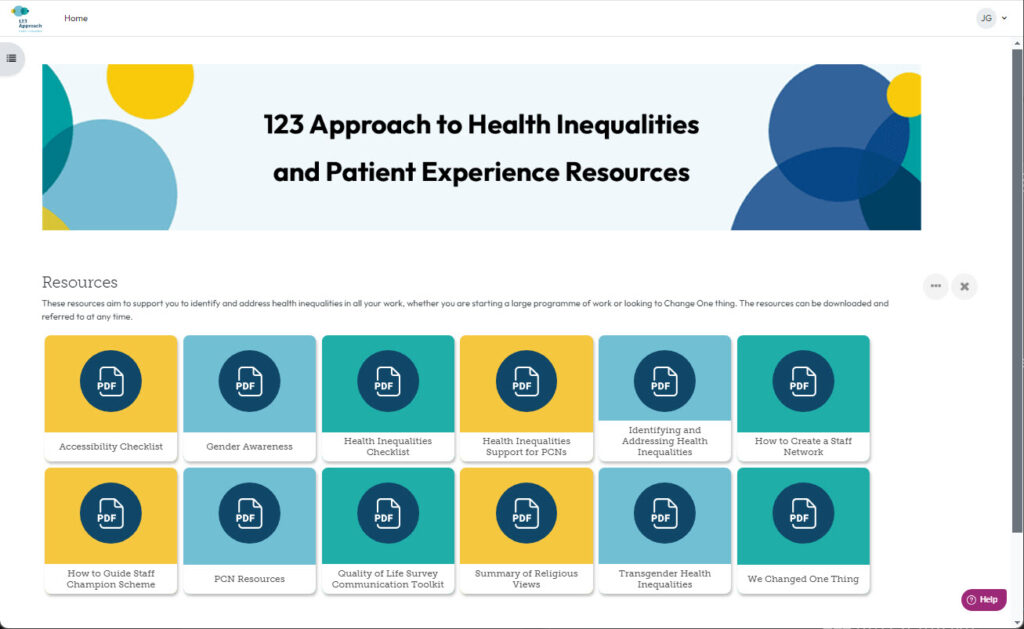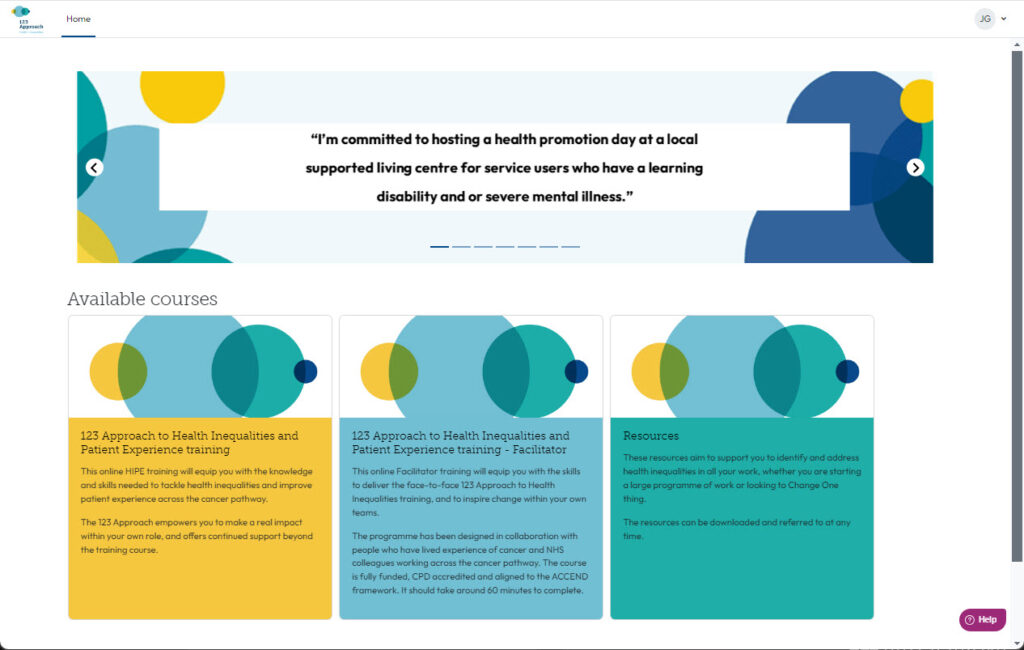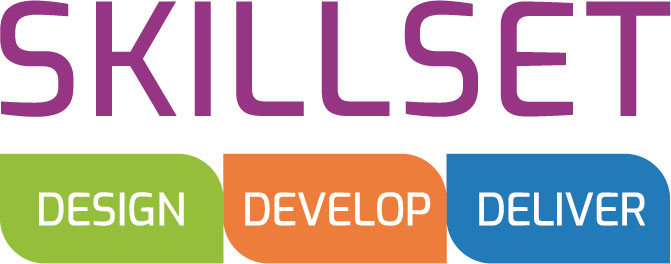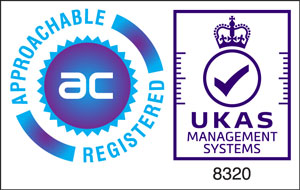Support, Maintenance, and Hosting of a Moodle Learning Management System
Delivered for CHESHIRE AND MERSEYSIDE CANCER ALLIANCE
AT A GLANCE
- Delivery of a fully customised Moodle LMS in two weeks.
- Improved tracking and reporting on course completion.
- Enhanced user experience.
THE CLIENT
Cheshire and Merseyside Cancer Alliance is responsible for leading the delivery of the national cancer strategy to Cheshire and Merseyside.
They work closely with cancer services and people affected by cancer to achieve:
- Better cancer services, by providing access to expertise and learning.
- Better cancer care, by sharing and building on good patient experience practice.
- Better cancer outcomes, by increasing early detection, early diagnosis, and enabling early access to cancer services.
THE CHALLENGE
The alliance needed a reliable learning management system (LMS) provider to host, maintain, and support their Moodle platform.
The existing system, hosted by another provider, was failing to meet their needs—lacking accurate tracking and reporting on course completion rates and causing frequent access issues for users.
The alliance’s primary requirement was a simple, lightweight platform that could effectively support two core training courses. They required an LMS supplier who could also help with maintaining and updating their learning content.
With tight deadlines, the alliance sought a provider who could address these challenges quickly.
OUR APPROACH
SkillSet follows a structured, client-focused approach to ensure successful project delivery. We began this project with an inception meeting, designed to clarify roles, responsibilities, reporting processes, and key deliverables.
SkillSet used the latest long-term support version of Moodle for the LMS solution. Moodle is an open-source platform with more than 160,000 installations globally. With our extensive experience in hosting and supporting Moodle for over 20 clients, we ensured that the system would be robust and meet the alliance’s specific needs.
We applied our ADDIE (Analyse, Design, Develop, Implement, Evaluate) methodology, ensuring the project stayed on track and aligned with stakeholder expectations.
Analyse: We verified all project requirements, established system roles and permissions, and mapped out the system structure.
Design: Using the alliance’s branding and style guidelines, we customised the LMS design to reflect their identity and ensure consistency across the platform.
Develop: The platform was built based on the outputs from the analyse and design stages. A staging environment was set up to mirror the live system for testing, and the required customisations, plugins, and reports were developed. This included custom development to extract questionnaire responses from the platform and send these directly to the learner in PDF format.
We also created two eLearning courses, and a resource hub, based on content provided by the alliance. This involved updating the existing content and moving the hosting of video content to Vimeo to ensure a better user experience.
Implement: The entire system was tested on the staging platform. Once approved, we migrated the solution to the production environment and conducted a final round of testing. The alliance performed user acceptance testing before the final sign-off.
Evaluate: Post-launch, SkillSet provided ongoing monitoring for potential system issues and offered support in generating custom reports and management information, such as tracking course popularity. An end-of-project review was conducted to assess the outcomes and gather feedback for future improvements.


THE RESULTS
The alliance now has a streamlined, user-friendly learning management system that meets their training and compliance needs. The system was live in two weeks, allowing the alliance to swiftly offer their training courses to learners without disruption. The new platform ensures reliable tracking and reporting of course completion rates, reducing user access issues and significantly improving the learner experience.








